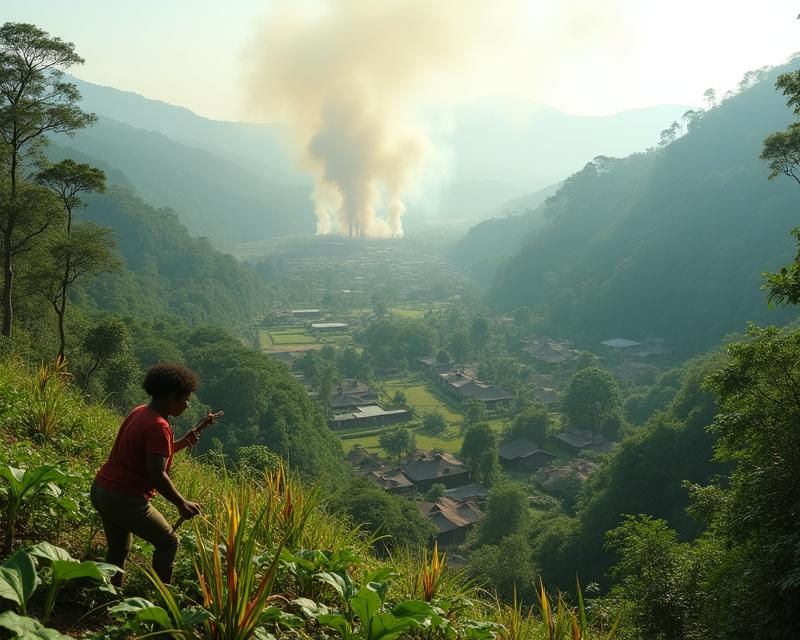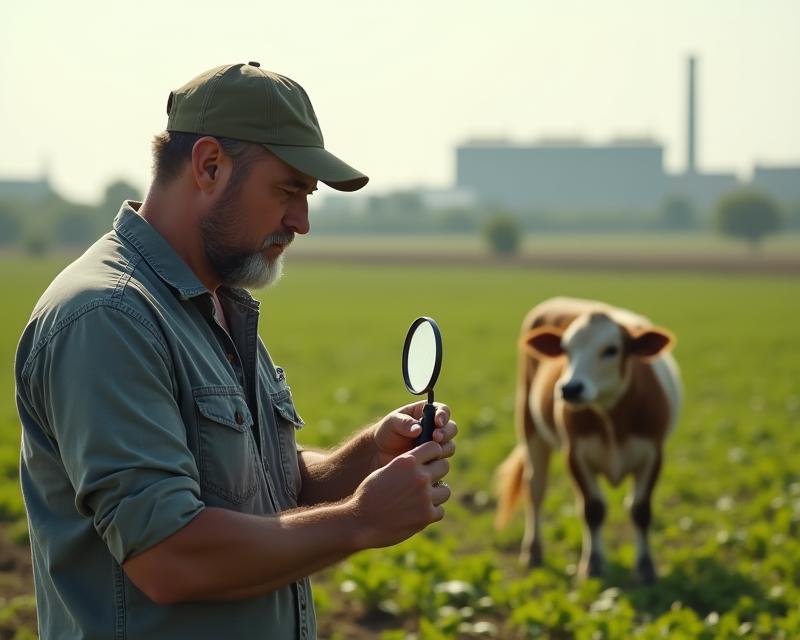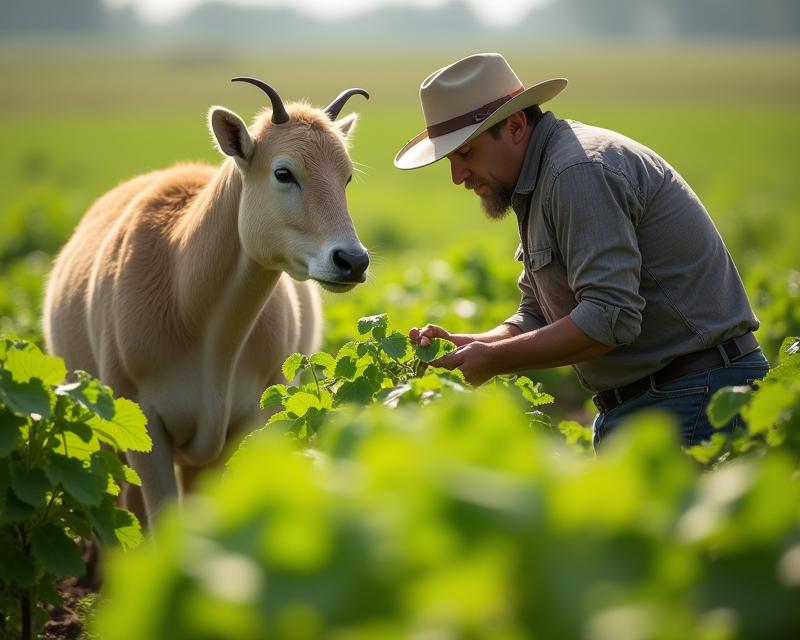Ancient Amazon Slash-and-Burn: Lessons for Today?
Publish in Sustainable Farming el 05/07/2025 02:27
Ancient Amazon Slash-and-Burn: Lessons for Today?
For centuries, farmers around the world have used various techniques to clear land for cultivation. One of the oldest and most debated methods is slash-and-burn agriculture. While often viewed negatively today, understanding its history, particularly in ancient Amazonian societies, can offer valuable insights into sustainable land management practices. Let's delve into how it worked and what we can learn from it.

How it Worked
Slash-and-burn, also known as shifting cultivation, is a technique where forests or grasslands are cleared by cutting down vegetation (the 'slash'). The cleared biomass is then burned, releasing nutrients back into the soil. These nutrients act as a natural fertilizer, making the soil temporarily fertile for planting. Farmers would then cultivate crops for a few years until the soil's fertility declined. At that point, they'd move to a new area, allowing the original plot to regenerate naturally for a period before being used again. This cycle of cultivation and fallow is the core of the method.
Amazonian Expertise
Ancient Amazonian societies, like the Marajoara culture, were highly skilled in employing slash-and-burn techniques. They weren't simply destroying the forest; they were managing it. Archaeological evidence suggests they used fire strategically to promote the growth of specific plants and even to create favorable conditions for certain crops. Crucially, they didn't clear vast areas at once. They practiced rotational farming, allowing the land to recover and regenerate. Furthermore, they often integrated forest gardens, cultivating trees and shrubs alongside their crops, which helped maintain soil fertility and biodiversity. This wasn't a destructive practice, but a carefully managed system.
Modern Relevance & Considerations
While slash-and-burn has a controversial reputation due to its potential for deforestation and environmental damage when practiced unsustainably, the underlying principle of nutrient cycling and soil regeneration remains relevant. Modern sustainable farming practices often incorporate elements of this ancient wisdom. For example, crop rotation, cover cropping, and composting all aim to mimic the natural processes of nutrient replenishment. However, it's vital to acknowledge the potential negative impacts and implement strict regulations to prevent uncontrolled deforestation and biodiversity loss. Modern approaches emphasize shorter fallow periods, integrated forest management, and careful soil conservation techniques. The key is to learn from the past, not repeat destructive practices.
What Can Farmers Learn?
The Amazonian example highlights the importance of understanding the natural cycles of land and soil. By carefully managing land use, promoting biodiversity, and prioritizing soil health, farmers can create sustainable agricultural systems that benefit both the environment and their livelihoods. It’s about working *with* nature, not against it. Consider incorporating elements of rotational grazing, no-till farming, and agroforestry into your own farming practices. The ancient Amazonians provide a fascinating case study in how humans can sustainably utilize land for food production.





